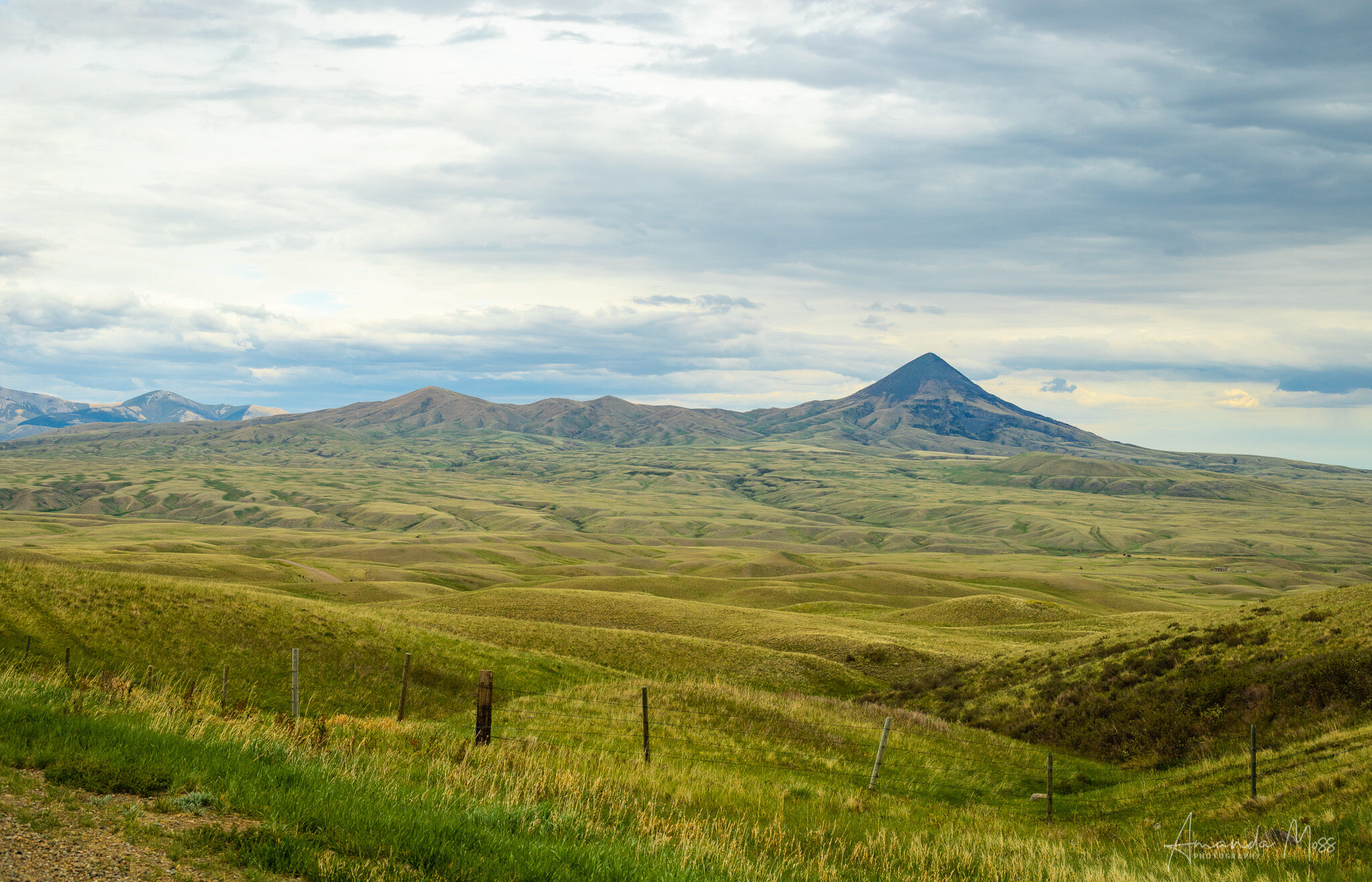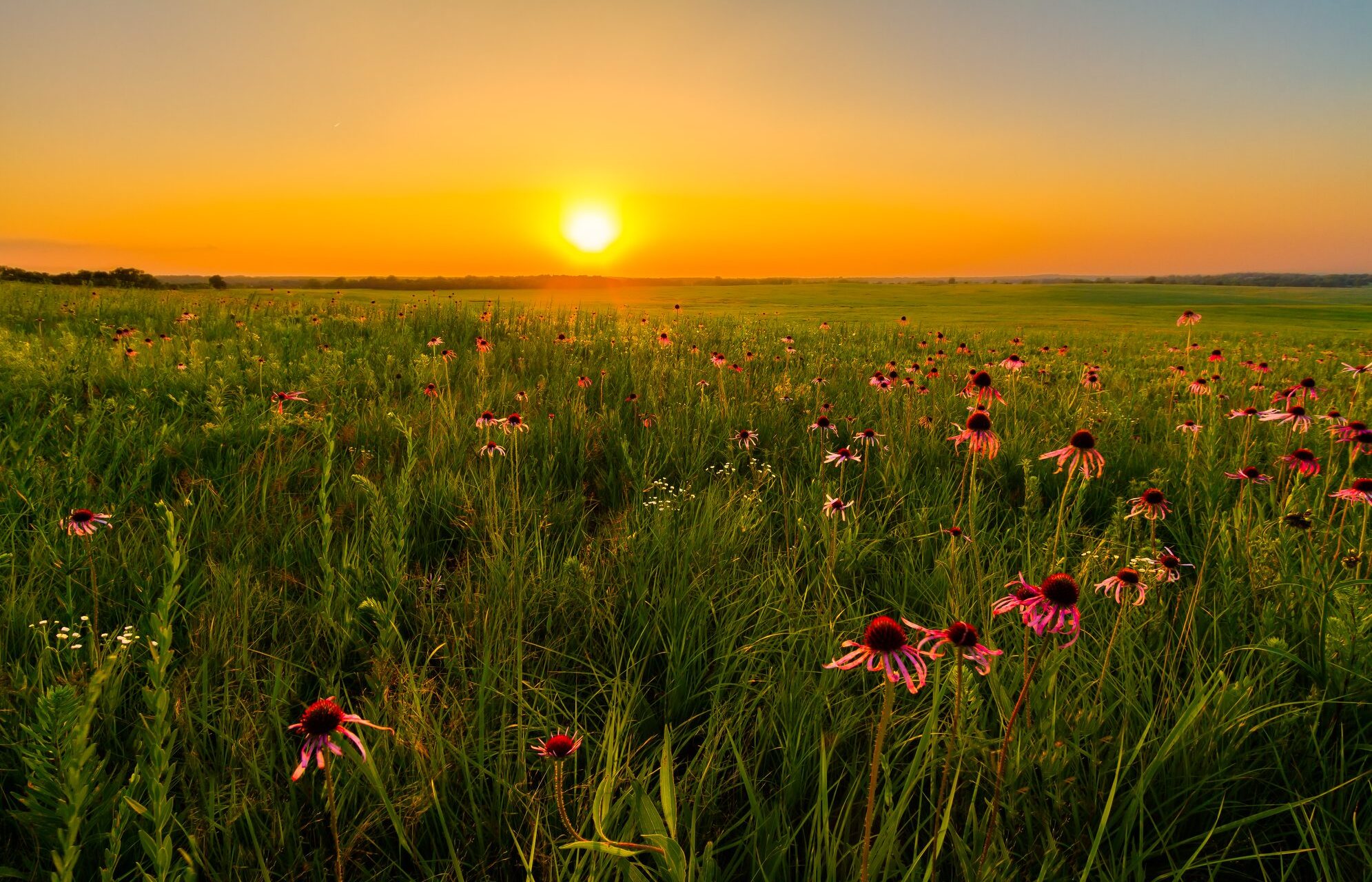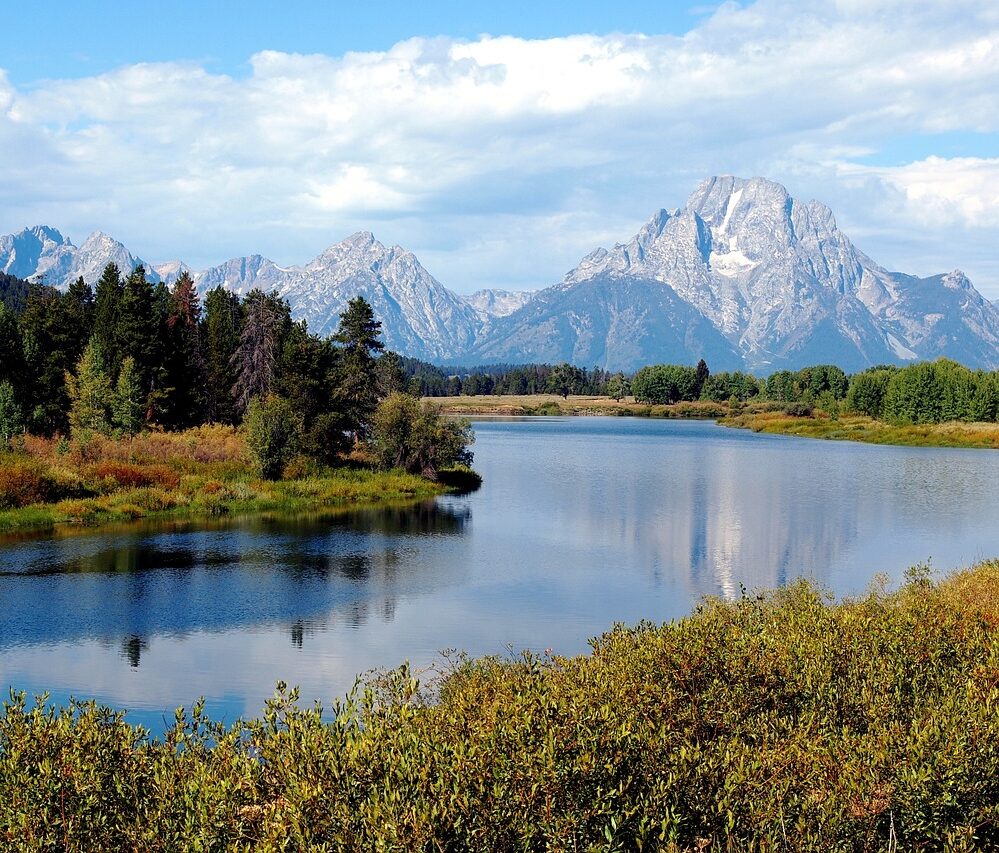Preserving Vistas and Viewsheds
While scenery is important to the overall quality of our communities, scenic vistas and viewsheds are often destroyed during rapid change, both in the natural and built environments. Identification and protection of these assets is an important component of smart growth and scenic stewardship.
Scenic areas endow communities with substantial benefits, such as higher property values and increased tourism revenue. Protecting scenic vistas and viewsheds from the effects of haphazard development allows a community to preserve its unique charm, build civic pride, and attract positive growth to the area.
The following strategies can help your community anticipate development and ensure the protection and management of your scenic vistas and viewsheds.

Educational and Voluntary
Conducting a visual assessment is one of the best ways to begin to identify what is at risk in your community, so you can protect it from loss, and better manage growth. Encourage private citizens, school groups, local leaders, and business owners to participate in a visual assessment to identify the community’s assets and liabilities. This will provide the basis for identifying and discussing the future of your most treasured visual assets.
Following the visual assessment, use the information you have gathered to develop activities such as community walks, photographic exhibitions, or slide presentations to inform citizens of the importance of scenic vistas and viewsheds to your community’s quality of life, and to encourage voluntary protection of scenic areas.
Incentive-Based
Incentives can provide significant motivation for preserving scenic vistas and viewsheds. Grants to community groups to conduct education programs for local landowners on the benefits of viewshed protection or to establish a local land trust, can help preserve scenic quality. Other strategies include providing tax breaks for property owners who donate land or easements and establishing an awards program to honor successful scenic conservation efforts.

Land Purchase
Although purchasing parcels of land or easements is among the most expensive options, outright purchase is sometimes the only way to permanently protect scenic vistas and viewsheds from development. One method of accomplishing this is to establish a land trust. Land trusts are private organizations at the local, state, or regional level that hold land and partial interests in land for the benefit of the public. Some land trusts use “revolving” funds to purchase threatened land and then resell it at cost to buyers who agree to specific land use restrictions. Land trusts also use their resources to educate property owners on the benefits of voluntary land or easement donations.
Transfer of Development Rights
Transfer of Development Rights (TDR) is an alternative strategy to purchasing land. TDRs preserve scenic areas by transferring, or “sending,” development rights from sensitive lands to “receiving” areas marked for growth. Most TDR programs offer incentives such as increased density, faster permit processing, less stringent design review, or tax breaks to encourage developers and landowners to take advantage of the program. Monterey County, CA and Burlington County, NJ are just two of the dozens of areas nationwide that have successfully used TDR programs to protect their unique character from the development pressure of nearby cities.
Regulatory
- Establish design guidelines and design review that limit the impact of development on scenic vistas and viewsheds. Clear design guidelines and design review gives communities a chance to decide how development will affect their neighborhoods and countryside. Responsible control of elements such as height, bulk, design, materials, color, landscaping, and siting helps a project blend with its surroundings.
- Implement zoning and land use ordinances for view protection. Zoning laws that limit the height of buildings based on their proximity to a designated viewshed are an effective way of preserving scenic vistas. Other types of legislative protection include overlay zoning and the creation of view corridors. Overlay zoning places additional restrictions on zoned areas and is often used to control density, grading, ridgeline development, and vegetation. View corridors are planned openings in the built environment that allow views of scenic vistas and viewsheds.
- Pass legislation to establish a greenbelt. Greenbelts are open tracts of land that create a scenic buffer between developed areas and the surrounding countryside. Most greenbelt ordinances allow only agricultural activities on designated lands – eliminating land speculation and development pressure.
- Enact strict billboard controls. Billboards, also known as off-premise signs, block out scenic beauty and blight the countryside. Banning billboards ensures that the unique beauty of scenic vistas and viewsheds remains unmarred by intrusive and unnecessary signs.

Help Us Keep America Beautiful
Your gift to Scenic America supports scenic conservation efforts across the country.
Give Now